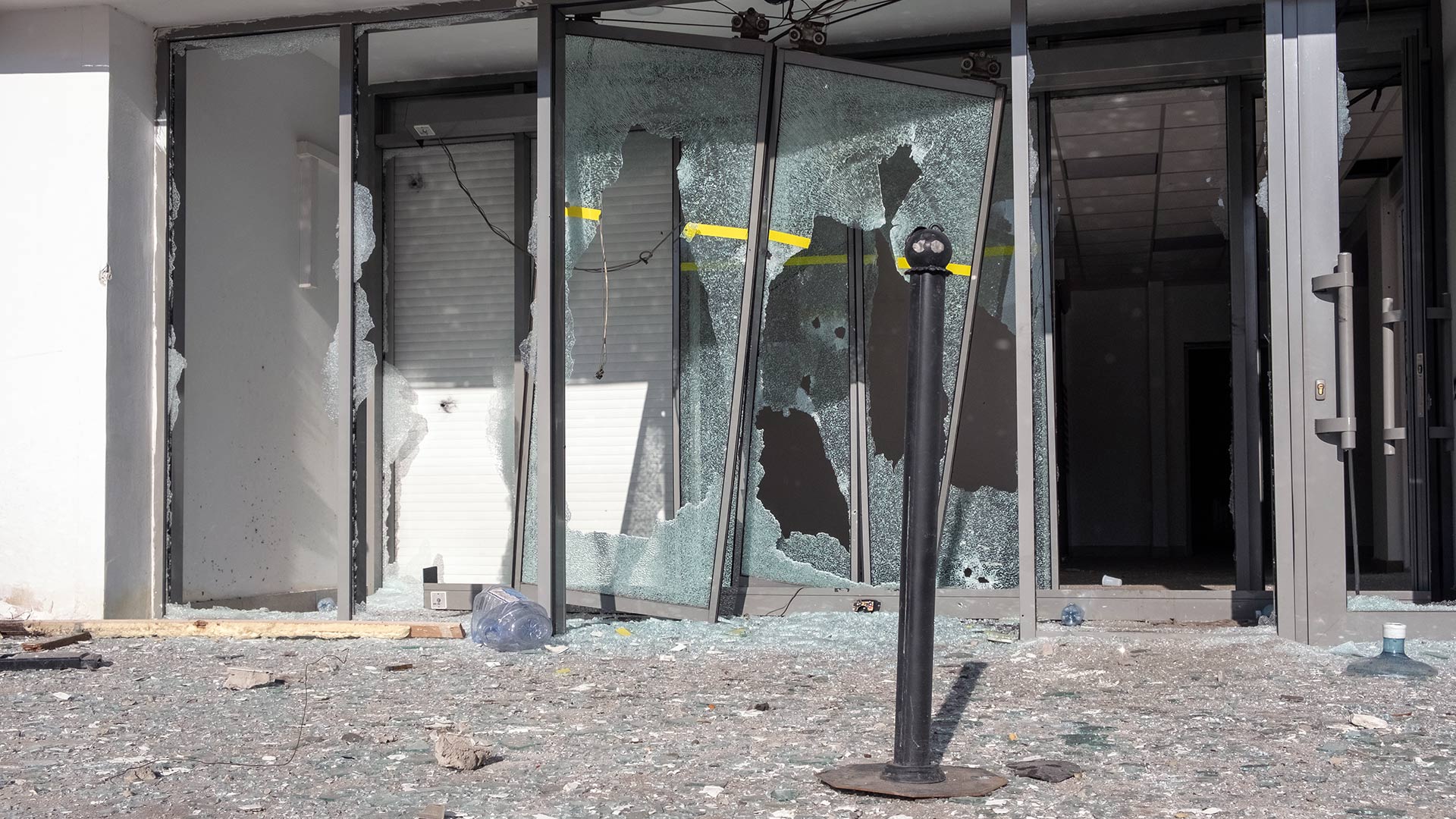
Chaos erupted in Downtown Philadelphia on September 27 as over 100 masked individuals, primarily teenagers, unleashed a wave of coordinated looting and destruction across the city during a theft spree.
Dozens of suspects now face criminal charges in the aftermath of the social media-driven mayhem.
Authorities report that groups of thieves smashed their way in and plundered merchandise from multiple stores, including Lululemon, Foot Locker and Apple, in the style of a flash mob.
Other businesses in the retail quarter of the city were hit as well, including three pharmacies, a hair salon, a cell phone store and a tax preparation company.
Benjamin Nochum, the store manager at Patriot Pharmacy, said it was the third time since 2020 that his store had been targeted.
“When looters steal from us, what they don’t seem to understand is that they are also stealing from our neighbors,” Nochum said. “It makes you question how much longer you can hang on.”
Police have already arrested at least 52 individuals involved in the looting spree, and criminal charges, including burglary and theft, have been filed against at least 30 people, with the majority being adults.
The city is still grappling with the aftermath of the ransacking.
Mayor Jim Kenney lambasted the behavior as a “sickening display of opportunistic criminal activity.”
“This destructive and illegal behavior cannot and will not be tolerated in our city,” the mayor said.
According to officials, the outbreak of violence followed a peaceful protest in response to a judge’s decision to dismiss murder and other charges against a Philadelphia police officer who fatally shot a driver, Eddie Irizarry, through a rolled-up window.
However, authorities stated that those responsible for the looting were not affiliated with the protest, labeling them as “a bunch of criminal opportunists.”
The unrest also led to widespread damage, including break-ins of at least 18 state-run liquor stores.
In response, the Pennsylvania Liquor Control Board took the unprecedented step of temporarily closing all 48 of its Philadelphia retail locations and one in suburban Cheltenham.
While no employees were harmed during the break-ins, the psychological impact was significant, with spokesperson Shawn Kelly stating that many “were understandably shaken.”
Video footage shared on social media captured masked individuals, often in hoodies, fleeing stores with stolen merchandise.
Police officers were seen apprehending several suspects and tackling them to the ground.
At shopping centers, photos showed mannequins and sneakers strewn across sidewalks as a result of the mayhem.
The looting spread across different areas of the city, leaving a trail of smashed display windows and damaged storefronts.
Additionally, seven cars were stolen from a parking lot in the northeast, with one vehicle having been recovered as of September 27.
Police suspect that the looting was organized through social media channels.
Interim Police Commissioner John Stanford revealed that there are indications that a caravan of vehicles were responsible for the majority of the crimes.
Social media videos even showed individuals hanging out of cars in shopping center parking lots, seemingly coordinating their actions.
“At this point, we’re investigating that there was possibly a caravan of a number of different vehicles that were going from location to location,” Philadelphia Police Commissioner John Stanford said.
The looting in Philadelphia bears a resemblance to similar incidents in other cities, notably the San Francisco Bay Area, where organized groups of thieves have targeted high-end stores in brazen smash-and-grab thefts.
In response to the growing problem, Los Angeles County recently allocated $15.6 million to combat such thefts and established the Organized Retail Theft Task Force.
In a related development, Target, one of the country’s largest retailers, announced plans to close nine stores in various states due to concerns over theft and organized retail crime, which have posed threats to the safety of both employees and customers.
The National Retail Federation has also reported a significant increase in organized crime costing retailers an average of over $700,000 per $1 billion in sales in 2020, marking a more than 50% increase over the past five years.
David Johnston, vice president of Asset Protection at the National Retail Federation, pointed to the proliferation of online marketplaces for stolen goods and a decline in criminal prosecutions as contributing factors to the surge in retail theft.
“What we’re really seeing today is the large-scale organization of groups that vary in scope and scale,” Johnston said. “They’re going and taking merchandise at mass quantities.”





